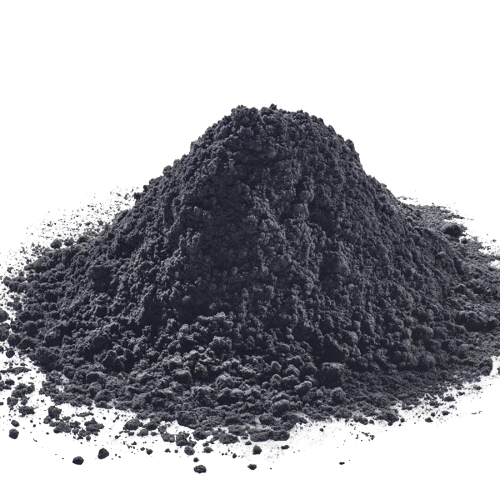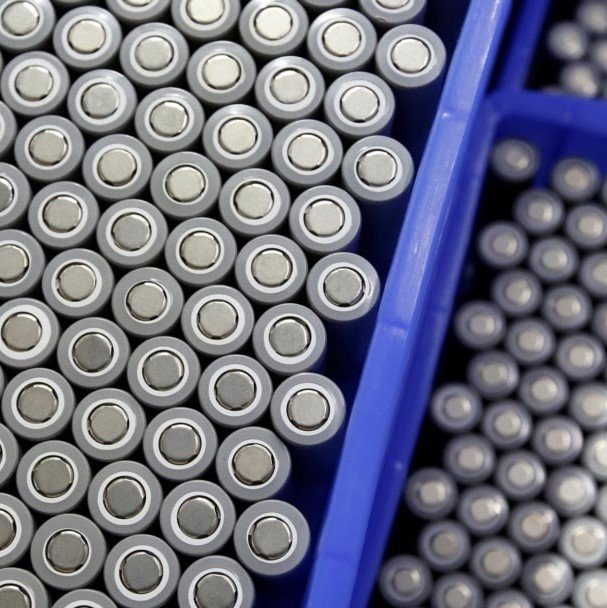
Products

Maximizing Worth through Revived Elements and Recycling Excellence.
Recycle Products
Before mechanically recycling lithium-ion batteries, it's crucial to take precautionary measures to mitigate fire risks. Once these measures are in place, the batteries can be broken down into constituent materials like black mass, copper, and aluminum through mechanical processes. This ensures safe and efficient recovery of valuable materials from the batteries.

Black Mass
The "black mass" derived from lithium-ion battery recycling, consisting of lithium, cobalt, nickel, and other materials, can be further processed and refined for use in manufacturing new batteries, reducing the demand for virgin resources and contributing to a more sustainable and circular economy.

Mixed Copper/Aluminum
In our lithium-ion battery recycling process, we extract copper and aluminum metals from the foils commonly found in these batteries. Specifically, the anode and cathode electrodes, which act as current collectors, constitute approximately 13.2% of the total cell weight.
Second-life Products
Second-life usage of lithium batteries is crucial for prolonging the sustainability of electric vehicles (EVs). This is due to the low scrap price of recycled lithium battery scrap compared to the initial purchase cost. However, it's important to note that this process involves more than just reusing the batteries; it requires quality checks, including voltage, internal resistance, capacity testing, and electrolyte conductivity assessments to ensure optimal performance and safety.

Refurbished Cell
We offer refurbished batteries designed for low-power applications, thoroughly tested for high performance and offered at a cost-effective price compared to new cells. This initiative aims to create reliable batteries that harness the remaining power in second-life cells, minimizing energy waste and promoting sustainability.

Refurbished Cell Battery
We offer refurbished batteries designed for low-power applications, thoroughly tested for high performance and offered at a cost-effective price compared to new cells. This initiative aims to create reliable batteries that harness the remaining power in second-life cells, minimizing energy waste and promoting sustainability.
Interested in our end products?
Contact Us